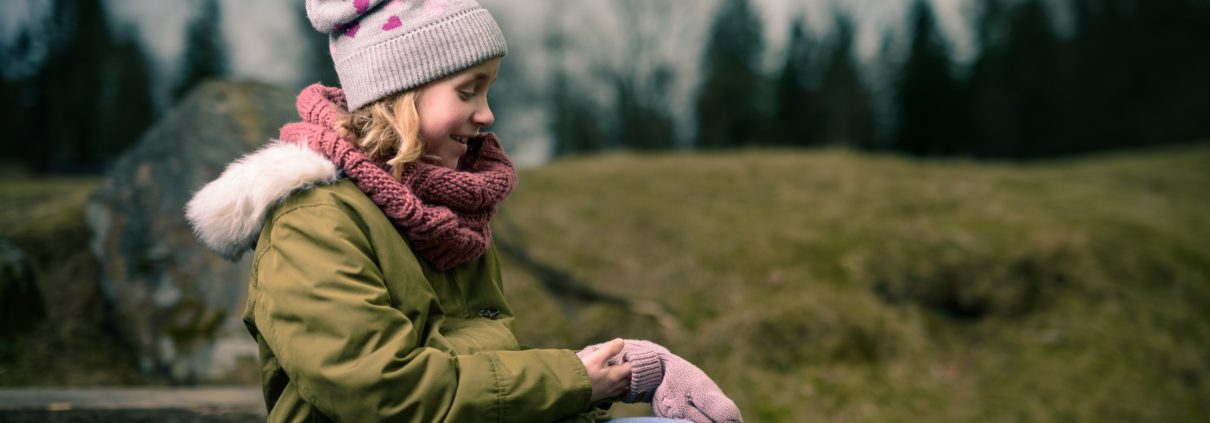A Trick to Building Inclusion: Lessons from the Playground
On the playground at our daughter’s elementary school, there is something called the Buddy Bench. According to Annie, it’s where you can go and sit if you don’t have any friends to play with.
Then, if you see someone sitting there, alone on the Buddy Bench, your job is to go over and invite them to play with you.
My first reaction to the thought of the Buddy Bench was that it sounded a bit like the No Friends Bench, and that the act of sitting there was sad and lonely, and that by walking over and inviting someone to play was an act of generosity and kindness. And that the whole scene of walking over and sitting there would be like social abandonment. If you did have the courage to walk over, in front of the world to see, and take their hand, and invite them to play with you, the two of you would be quietly ostracized playing in a corner of the playground. At least that’s the way it played out in my mind. Maybe I’ve watched too many come-from-behind underdog Disney movies.
But the way our daughter describes it so matter-of-factly, there’s nothing odd or strange or uncomfortable about either going to the bench to sit, or walking over and inviting someone sitting there to play with you. The way she describes it, by sitting on the Buddy Bench, it’s almost as if you are announcing that you are available to play. It seems the gesture of sitting there is more of an invitation. It’s like raising your hand and saying “Hey, I’m free for something new. Anyone?”
There doesn’t seem to be any stigma associated with it. It’s all very straight-forward. If you’re not sure what to do, sit on the Buddy Bench and pretty soon someone will come over and invite you to play. Annie says people don’t sit on the Buddy Bench for very long. Almost immediately kids get scooped off the Buddy Bench by some kid or a group of kids, and run off immersed in an activity.
To me, this represents the epitome of environments of inclusion. An environment in which no one is permitted to be a pariah. The school has created a mechanism in which if you feel lonely or lost, or simply unsure of what to do next, you make a gesture. That gesture of sitting on the bench says to the entire community you are feeling left out or simply disengaged, and the whole community sees this visual cue and reacts immediately.
It’s also a culture in which a call for help has no stigma associated with it. In fact, the inverse is true. Regular rotation through the Buddy Bench is perfectly normal and healthy since that kid is going to get picked up by a new group and have new experiences.
But there are unwritten social rules that it is unacceptable for anyone to remain on the Buddy Bench. I imagine that the presence of someone lingering on the Buddy Bench would be an unconscious cue that the community lacks leadership, or courage. The social contract would be broken if someone were left there hanging. Annie says it never happens.
If you’re concerned about a lack of engagement, or professional isolation in your work environment, I encourage you to be proactive about it. Start with the assumption that they are at your company for a reason, that they deserve to be there. Then recognize the cues: lack of contribution at meetings, unanswered emails, missed deadlines, lack of initiative, half-ass work. Then pick up the phone, or walk over to their cube and invite them. Invite them for coffee. Invite their opinion. Invite them to contribute to your most valued project.
Invite them to play.
Check out our new series Small Acts of Leadership to pick up small habits you can practice every single day.
- ____________________________________________________

Last summer, my son and I bicycled across America with two other dads and their teenagers. We published a new book about it called Chasing Dawn. I co-authored the book with my cycling companion, the artist, photographer, and wonderful human jon holloway. Grab a copy. I’ll sign it and send it to your doorstep.



